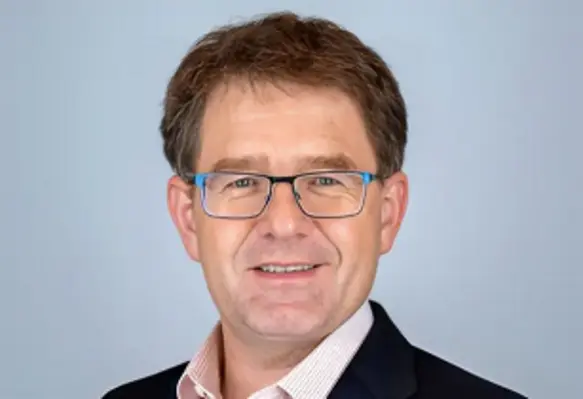AVEVA has been selected by Topsoe, a leader in carbon emission reduction technologies, helping fast-track development of the decarbonisation solutions needed for the production green hydrogen and other carbon neutral fuels
Topsoe will use AVEVA Process Simulation to model its Solid Oxide Electrolyser Cells (SOECs) with a view to optimising their design and developing their control strategy.
Topsoe’s expertise in decarbonisaton can help with the use of their highly efficient SOEC based electrolysers, making it possible to produce the green hydrogen needed to decarbonise many carbon intensive industries. With its flexibility, open modelling, and ease of use, AVEVA Process Simulation1 is helping accelerate the energy transition by enabling Topsoe’s engineers to design and optimise their electrolysers with increased speed and efficiency.
Poul Georg Moses, chief technology officer in Power-to-X at Topsoe, said, "Green hydrogen is essential for decarbonising industries that cannot be easily electrified, and there is no time to waste if we’re to succeed in achieving global NetZero targets. Topsoe is already leading the way by building the world’s largest SOEC electrolyser manufacturing facility, enabling us to deliver green hydrogen technologies Power-to-X solutions2 at industrial scale. The AVEVA Process Simulation software is a game changer for us, with its dynamic simulations we’re removing bottlenecks and speeding up the development of our solutions.”
Tobias Scheele, senior vice president of products at AVEVA, said, “We are pleased to expand our deep relationship with Topsoe as the Power-to-X industry develops. The successful energy transition will depend on how quickly industries can deliver low-carbon solutions at scale. We designed AVEVA Process Simulation to accelerate the engineering cycle, so innovations can be executed fast and deliver immediate carbon reductions."
As of 2021, global electrolyser manufacturing capacity is insufficient to meet net-zero requirements, according to the International Energy Agency. At present, alkaline and proton exchange membrane electrolysers account for the majority of production, with less than 0.1% of current hydrogen produced through electrolysis. As renewable energy becomes increasingly available at lower costs, Topsoe’s ultra-high-efficiency SOEC electrolysers help maximise the delivery of clean hydrogen: the units deliver up to 30% more hydrogen from the same electricity volume at a 30% lower cost.









